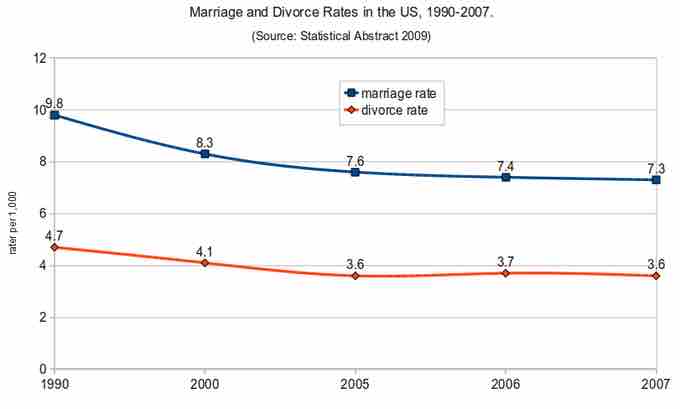Numerous studies have tried to determine why 50 percent of marriages in the United States end in divorce within the first 25 years. While not conclusive, the predominate factors that lead marriages to end in divorce are infidelity, adultery domestic violence, midlife crises, inexperience, and addictions such as alcoholism and gambling.
Causes of Divorce
Adultery
Adultery is voluntary sexual intercourse between a married person and someone other than the lawful spouse. Historically, adultery has been considered a serious offense in many cultures. Even in jurisdictions where adultery is not a criminal offense itself, it may still have legal consequences, particularly in divorce cases.
Infidelity
More narrowly, infidelity most commonly refers to a breach of the expectation of sexual exclusivity that is expressed or implied in intimate relationships in many cultures.
Domestic Violence
Domestic violence is defined as a pattern of abusive behaviors by one partner against another in an intimate relationship such as marriage or domestic partnership.
Midlife Crisis
A midlife crisis is a term that was coined by Elliott Jaques in 1965 that suggests it is a time when adults come to realize their own mortality and how much time is left in their lives. A midlife crisis is experienced by many people during the midlife transition when they realize that life may be more than halfway over, prompting a sudden change in behavior.
Marrying Too Young
The age at which a person gets married is also believed to influence the likelihood of divorce. Delaying marriage until one is older or more experienced may provide more opportunity to choose a more compatible partner
Addictions
Alcoholism is a broad term for problems with alcohol, and is generally used to mean compulsive and uncontrolled consumption of alcoholic beverages, usually to the detriment of the drinker's health, personal relationships, and social standing. Problem gambling is an urge to continuously gamble despite harmful negative consequences or a desire to stop. Problem gambling often is defined by whether harm is experienced by the gambler or others, rather than by the gambler's behavior.

Marriage and Divorce Rates in the U.S. 1990-2007
This graph illustrates marriage and divorce rates in the U.S. 1990-2007. Source: Statistical Abstract, 2009.